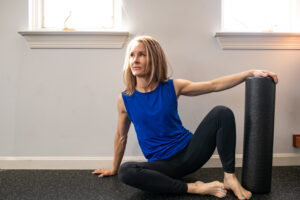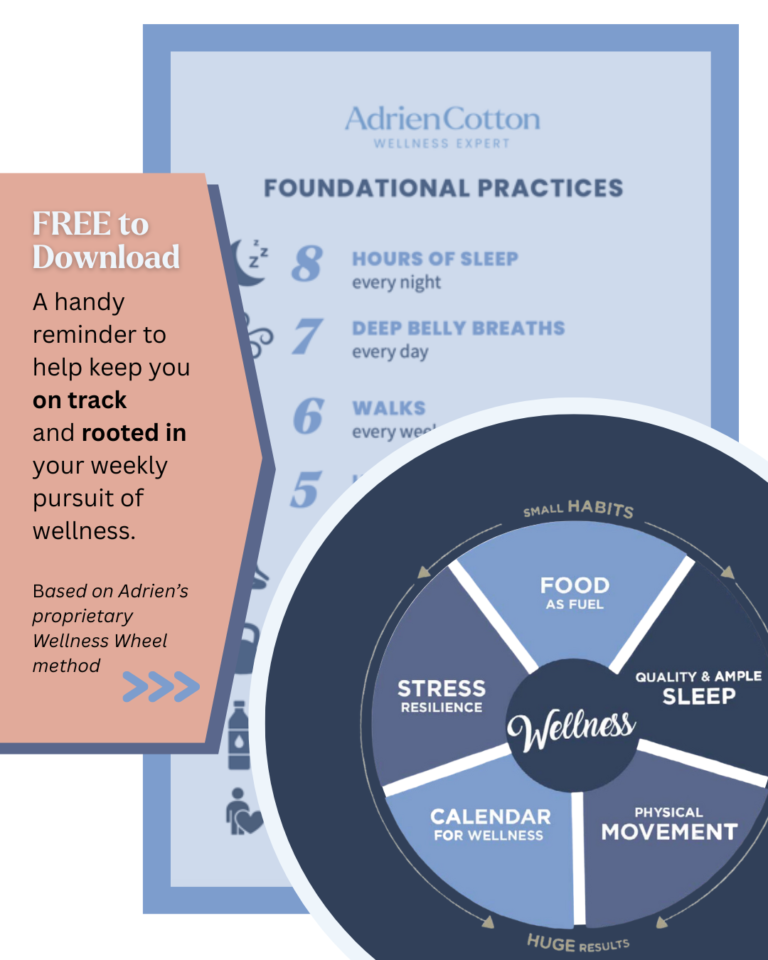There is one exercise that provides more “bang for your buck” than almost any other, yet so many avoid it. Some people are intimidated by it, and others may simply not realize the countless benefits it can provide to their training program. This one exercise can uplevel your training program, improve your confidence, and enhance your physique.
To complete just one of these – with proper form – means we’ve put in the foundational work preparing our whole body for serious strength. It means we’ve trained safely and are injury-free. Most important, those who train with this exercise seem to have a growth mindset in their training. We don’t hear them say “I can’t” or “I’ll never,” They are more adventurous and ambitious in their training, committed to excellence, and eager to challenge themselves in the pursuit of greater strength and athleticism. They recognize this exercise is difficult, yet they welcome the challenge with open arms – no pun!
I know curling dumbbells to strengthen your biceps is fun, and for many, it’s easy. This exercise is a bicep curl on steroids because it activates countless other muscle groups in the same period of time.
This exercise requires pulling your body vertically from the ground above a bar using everything you’ve got.
This exercise brings many gym-goers to tears and, at the same time, brings others to elation.
This coveted exercise is the chin up, the very close cousin of the pull up. The chin up will build a better and stronger core, a stronger grip (an indicator for longevity), emphasize your chest, biceps, core, and more. With practice, focus, and determination, you can turn on those back muscles by ensuring full range of motion (AKA go all the way to the top where your bar meets your chest – not your neck – and squeeze the heck out of your lats). Learning how to activate your lats (the muscles along the sides of your back) will help you pull yourself up over the bar.
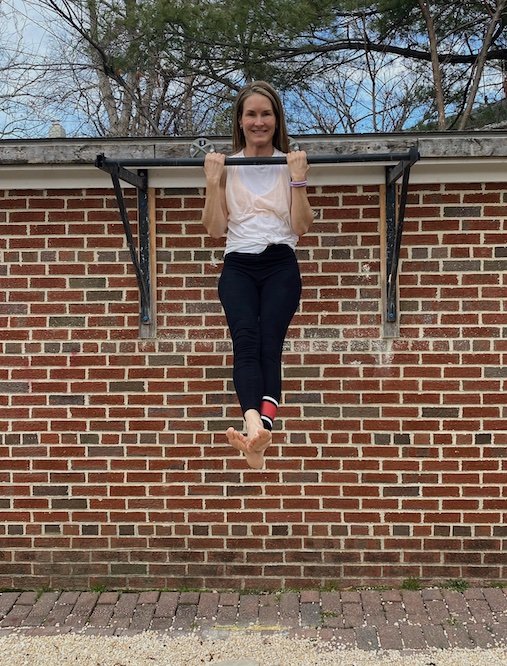
I prefer the tactical pull and chin up, where we pull straight up without any hinging or bending of the hips. This way, we can target the abdominals. I’ve seen many let their lower back arch excessively, which is not only unsafe but sub-optimal. If they brace their lower back (tuck) and keep a straight line from their shoulders to knees, the core musculature has to work very hard to prevent the low back from extending; therefore, it’s like a “vertical plank”! What can be better for the core?
What’s the difference between a chin up and a pull up?
The Pull Up:
- Positions the hands “face down” or away from you in a pronated position.
- Utilizes more back muscles due to the hand position and muscles needed to execute.
- Targets the lower trapezius (the middle back), the core, and the latissimus dorsi (the “lazy” lats are essential for athleticism).
- With practice, it is a serious abdominal exercise far exceeding the often-acclaimed crunch (which we avoid at Alexandria Wellness) simply by practicing the foundations of the “hollow” position and the connection between the hips and shoulders (due to the hollow position).
The Chin Up:
-
Positions the hands facing toward you, or in a supinated position.
-
Because of the hand position, the chin up targets the chest and biceps. Yet learning to do them correctly and the entire “chain” from the shoulders to the thighs can engage like crazy.
-
Requires activation of the core because the initial connection of the shoulders downward to the ribcage will allow the core to do a lot of the work. I liken it to a “vertical moving plank!”
-
Is an exercise you won’t find in many bootcamp, or large class settings, simply because most instructors assume the majority when they program classes and because of sheer limitations of equipment. In a word: it is special. Those who do it are far fewer than those who do not.
Check out these seven videos for a progression to achieving the chin up.
1. Hollow body position

Make sure to “tuck” that pelvis for maximal core engagement and back protection!
2. Hollow body position band pull

Keep the hollow body TIGHT while you pull from a laying down position, mimicking the chin and pull up.
3. Lots of rows from a variety of angles noting a variety of grip positions:
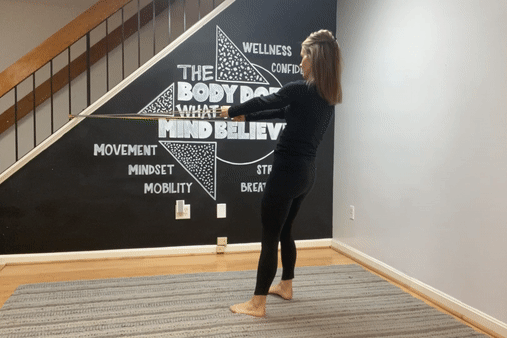

Here, I show you standing from belly and another at shoulder height, yet you cannot row enough. I recommend kneeling, seated, hinged, lunged, etc., while you row.
4. Hang for at least 30 seconds comfortably before grabbing the bar to chin up

5. Flexed arm hang for at least 15 seconds before initiating a chin up. Get yourself to this position with a sturdy chair or box.
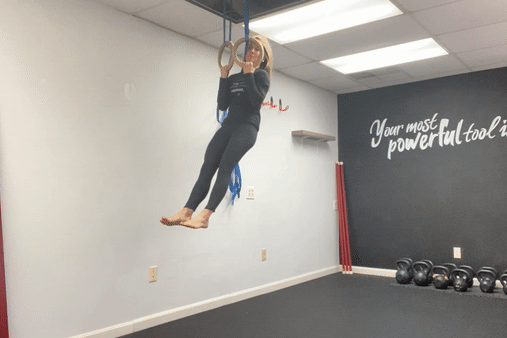
6. Chin up!

Here are my top five reasons to incorporate the chin up into your strength training program:
1) Requires a strong core. To begin to develop the foundations of the chin – or pull up – proficiency in the hollow position of the body is essential. “Hollowing out” puts the core in an engaged position, trains the brain the pull/chin up basics while still on the floor, and adding in a tuck of the pelvis and straightening your legs is in-and-of-itself a serious challenge and took me years to master. Add to the hollow position a hang and a pull, and you have pretty much every muscle you have working to get you “above the bar.”
2) Strengthens many different muscle groups. It is a great way to engage the back, shoulders, glutes, legs, grip, and core all in the same short period of time! Again, back to that efficiency thing!
3) Requires proper breathing technique. The chin up tunes into master breathwork by utilizing proper breathing techniques. An improper breathing pattern can turn a chin up into a failed – or “trash” – rep.
4) Challenging. Can turn any training session into a challenging one, requiring very little space, time, and equipment.
5) Leads to more variety in our training programs. Practicing and perfecting the chin up gives us the ability and confidence to push ourselves into other challenging movements we otherwise would avoid.
We want to help you (and your team!) take charge of your health and wellness. Here are two ways you can get started today: https://adriencotton.com/#takecharge. If you are interested in any of our newest programs, like our latest special for our small group fitness program, email us at alicia@alexandriawellness.com.

